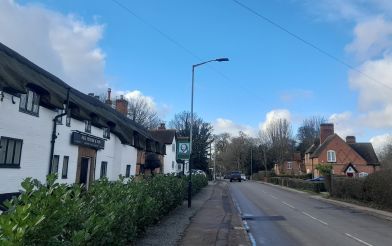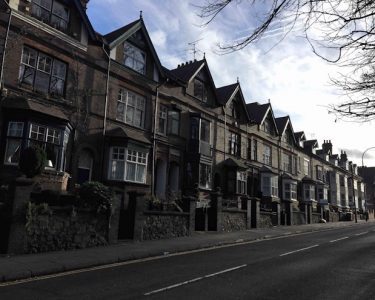Braunstone’s historic village centre will receive extra protection after Blaby District Council approved proposals to designate it as a new conservation area.
The decision to accept the designation came at this week’s Full Council meeting, following a public consultation, and includes a specialised management plan.

Picture: Blaby District Council
It means the part of Braunstone village which lies within Blaby District will now benefit from the same heightened planning controls as the area which falls within the Leicester City boundary. This has been a conservation area since 1974.
Both authorities will work together to ensure the character of the village is preserved.
Braunstone village is one of 25 designated conservation areas in Leicester City and is the twelfth one in Blaby District.
It covers several listed buildings off Braunstone Lane, such as the village shop that partly dates back to the 17th Century and St Peter’s Church, off Woodshawe Rise.
It also includes the 19th Century architect-designed cottages formerly associated with the Winstanley Estate. Mature trees and woodland remain key features.
The two conservation areas cover just over 25 acres, bounded by Braunstone Lane and Main Street to the south, Woodshawe Rise to the north, Cort Crescent to the north-east and Herle Avenue to the east.
Blaby District’s new designation means stricter rules for some of the village’s non-listed buildings, meaning any changes to properties must be sensitive to the historic character of the area. In some cases planning permission may be required.
Both the City and District will work closely with Braunstone Town Council to produce guidance on new restrictions.
Councillor Ben Taylor, Blaby District Portfolio Holder for Planning, Transformation and ICT, said: “We are delighted to be able to bring our side of Braunstone village into line with the protection the City side has enjoyed for many years. Working together we will aim to preserve and enhance the area, ensuring its historic character and heritage buildings are conserved for future generations.”
Conservation areas exist to manage and protect the special architectural and historic interest of a place. Every local authority in England has at least one conservation area. There are around 10,000 in England.






